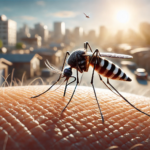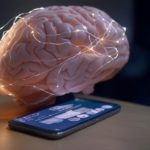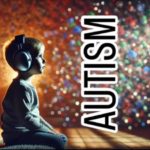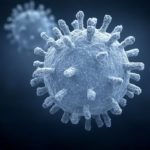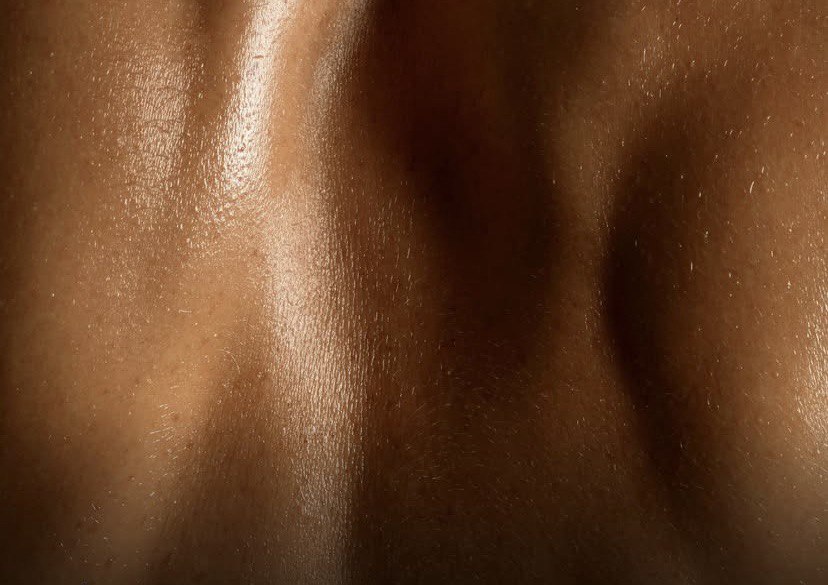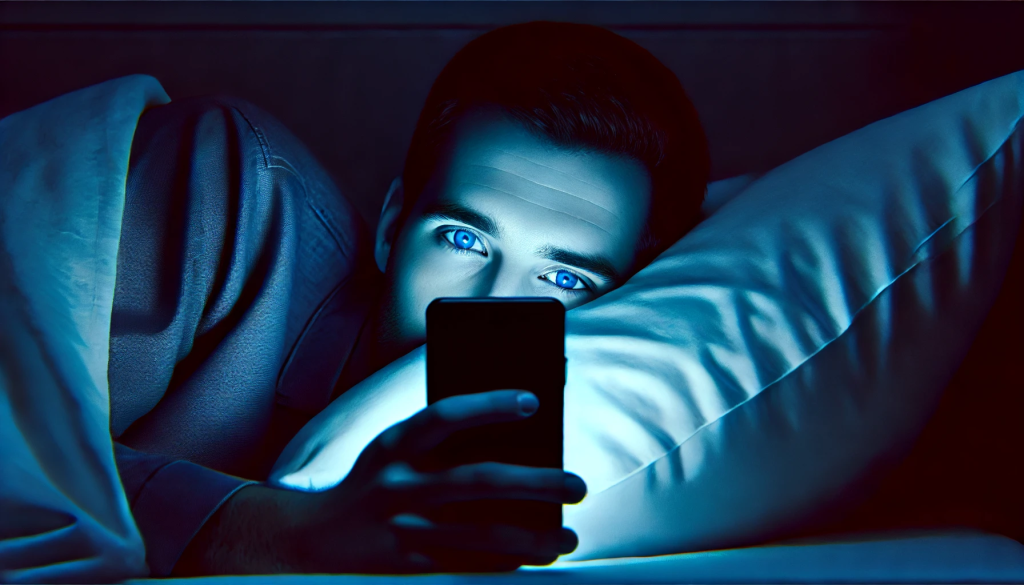The Silent Storm
Imagine sitting at your desk, watching TV, or even sleeping when—without warning—your heart starts pounding like a drum. Your chest tightens, your hands tremble, and a crushing fear takes over: “Am I having a heart attack? Am I dying?” This is a panic attack, a sudden and intense wave of terror that can strike anyone, anywhere.
Panic attacks are more than just “bad anxiety”—they’re full-body emergencies that trick your brain into thinking you’re in mortal danger. The scariest part? They often happen for no obvious reason. But here’s the good news: They can’t actually harm you, and with the right strategies, you can learn to stop them in their tracks.
In this guide, we’ll break down:
- What a panic attack really feels like (and how to tell it apart from a heart attack)
- Why they happen (the brain science behind the terror)
- Proven, step-by-step techniques to stop an attack in minutes
- Long-term solutions to prevent future episodes
- Real statistics on how many people struggle with this (U.S. & Europe)
Whether you’ve had one attack or many, this article will give you the tools to fight back.
1. What Is a Panic Attack? (A Full Breakdown)
A panic attack isn’t just “feeling stressed.” It’s a sudden, overwhelming surge of fear that triggers extreme physical reactions—even when there’s no real danger. According to the DSM-5 (the manual doctors use to diagnose mental health conditions), a panic attack involves at least four of these symptoms:
Physical Symptoms:
- Heart palpitations (your heart pounds or races)
- Chest pain (so severe that many people rush to the ER, thinking it’s a heart attack)
- Shortness of breath (like you’re suffocating, even if you’re not)
- Trembling or shaking (your hands or legs may feel uncontrollable)
- Sweating (even if the room is cold)
- Nausea or dizziness (some people vomit or feel like passing out)
Psychological Symptoms:
- Fear of losing control (“Am I going crazy?”)
- Derealization (feeling detached from reality, like you’re in a dream)
- Fear of dying (many people truly believe they’re about to die)
Panic Attack vs. Anxiety Attack: What’s the Difference?
- Panic attacks come out of nowhere, peak within 10 minutes, and feel like an emergency.
- Anxiety attacks build slowly, are tied to a specific stressor (like a job interview), and feel more like prolonged worry.
Key Insight: Panic attacks are your body’s “false alarm.” Your fight-or-flight system kicks in—but there’s no actual threat.
2. Who Gets Panic Attacks? (U.S. & Europe Statistics)
Panic disorder (recurring panic attacks) affects millions, but most people don’t talk about it. Here’s the data:
🇺🇸 United States:
- 6 million adults (2.7% of the population) have panic disorder (National Institute of Mental Health).
- 1 in 10 Americans will have at least one panic attack in their lifetime.
- Women are 2x more likely to experience them than men.
- Most cases start between ages 20-35, but they can happen at any age.
🇪🇺 Europe:
- 1.8% of Europeans suffer from panic disorder (World Health Organization).
- Germany & Finland have the highest rates (3-4%).
- Only 30% seek help due to stigma or misdiagnosis.
Shocking Fact: Many people avoid places where they’ve had panic attacks (like driving or shopping malls), leading to agoraphobia (fear of open spaces).
3. What Triggers Panic Attacks?
While some attacks seem to come “from nowhere,” common triggers include:
Psychological Triggers:
- Chronic stress (work pressure, family conflicts)
- Phobias (fear of crowds, heights, or social situations)
- Trauma (PTSD from past events)
Physical Triggers:
- Caffeine & nicotine (stimulants that spike adrenaline)
- Low blood sugar (skipping meals can trigger dizziness and panic)
- Thyroid imbalances (hyperthyroidism mimics anxiety)
Genetic Factors:
- If a parent has panic disorder, your risk increases by 40%.
Important: Panic attacks aren’t your fault—they’re a mix of biology, environment, and stress.
4. How to Stop a Panic Attack in the Moment (Proven Techniques)

When panic hits, your goal is to reset your nervous system. Here’s how:
✅ Immediate Coping Strategies (Science-Backed)
1. Grounding: The 5-4-3-2-1 Technique
This method forces your brain to focus on the present, breaking the panic cycle.
- 5 things you see (e.g., a lamp, your hands, a tree outside)
- 4 things you can touch (your shirt, the chair, your phone)
- 3 things you hear (traffic, birds, your breath)
- 2 things you smell (coffee, perfume)
- 1 thing you taste (chew gum or sip water)
2. Slow Breathing: The 4-7-8 Method
Fast breathing worsens panic. This technique calms your heart rate:
- Inhale deeply for 4 seconds
- Hold your breath for 7 seconds
- Exhale slowly for 8 seconds
Repeat 3-4 times.
3. Cold Shock (Dive Reflex Activation)
Splashing cold water on your face or holding an ice cube triggers the mammalian dive reflex, which slows your heart rate.
4. Muscle Relaxation (Progressive Technique)
- Start at your toes: clench for 5 sec, then release.
- Move up to your legs, stomach, arms, and face.
❌ What NOT to Do During a Panic Attack
- Don’t fight it (resistance makes it worse—accept it will pass).
- Don’t hyperventilate (breathe into a paper bag if needed).
- Don’t self-medicate (alcohol/drugs create dependency).
5. Long-Term Treatment: How to Prevent Future Attacks
🛠️ Therapy Options
- Cognitive Behavioral Therapy (CBT) – The gold standard for panic disorder (80% success rate). Helps you rewire fearful thoughts.
- Exposure Therapy – Gradually facing feared situations (like driving) to retrain your brain.
💊 Medication (When Needed)
- SSRIs (Prozac, Zoloft) – Boost serotonin over time.
- Benzodiazepines (Xanax) – Fast-acting but highly addictive (use only short-term).
🌱 Lifestyle Changes
- Exercise daily (30 mins reduces anxiety by 25%).
- Meditation (lowers amygdala activity, the brain’s “fear center”).
- Cut caffeine & alcohol (both trigger attacks).
6. Myth vs. Fact
❌ Myth: “Panic attacks mean you’re weak.”
✅ Fact: They’re a biological response, like a sneeze or a fever.
❌ Myth: “You can faint from a panic attack.”
✅ Fact: Blood pressure rises during attacks—fainting is rare.
Conclusion: You Can Regain Control
Panic attacks are scary but manageable. With grounding techniques, therapy, and lifestyle tweaks, you can reduce their power over you. If panic disorder is disrupting your life, seek a therapist specializing in CBT.
Remember: Millions have beaten panic attacks—you can too.
🔗 Helpful Resources:
- National Alliance on Mental Illness (NAMI): www.nami.org
- Anxiety and Depression Association of America (ADAA): www.adaa.org
Need a personalized plan? Comment below or reach out to a mental health professional.


